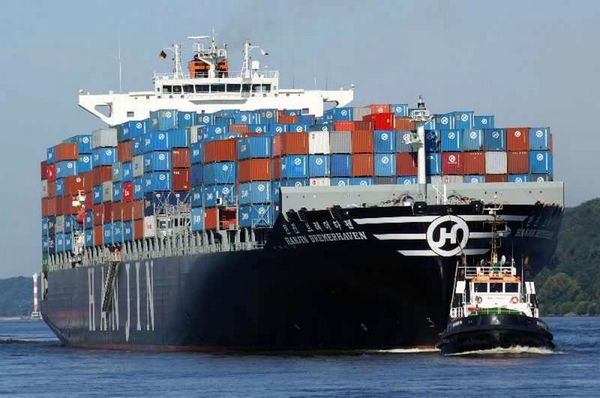The recovery of the shipping market: What graphics and figures hide

Daniel Bosch Wood
Maritim Lawyer
LLM Southampton
Las Palmas de Gran Canaria
Low reference figures would be exaggerating the signs of improvement in the industry
When maritime transport markets begin to move to the next phase of the cycle, after a recession, there are times when the percentage of increase in income can seem very impressive. However, this part generally of a low base, but how else could the improvements be displayed in a more useful context? questions a Clarksons report.
The average over the punctual
It is evident that the percentage increase in revenues in each sector does not really capture the essence of the relative position in the market cycle. For example, throughout September, the profits for a container holder of 2,750 TEUs marked an increase of 55% from August 16, and spot revenues for the Capesize ships rose more than 800% since March 16. But, of course, that does not mean that these markets have already reached their best state of health.
A more useful measure of the progress of the cycle could be to analyze the extent to which a sector has advanced in its possible trajectory between the “low point” of the cycle and the historical average level (the last that potentially reflects a greater degree of equilibrium). Here we examine four key indexes of average market gains (base historical average since the beginning of 2000 = 100), and the ClarkSea index itself, to observe what this “% turn” indicates.
Under the method indicated, the charter profits of container ships have increased in 2017, so far, marking an average profit rate of 61 points in the last 12 weeks, compared to 45 registered in December 2016 at the bottom of the cycle. This is equivalent to an increase of 29% towards the average historical levels, which seems a fairly adequate guide as to which part of the cycle is containerized maritime transport.
The profits of bulk carriers have also increased this year, with an average profit rate of 70 points in the last 12 weeks, compared to 21 marked in February 2016, a low record for many segments in the cargo transport sector. The above is equivalent to 61% advance compared to historical averages. This seems a bit aggressive, and perhaps reflects some recent additional seasonal trend in the market and, of course, a very low starting point in the historical comparison. Taking the 2016 index average as the low point, the gains would equal 51%.
The situation is completely different in the oil and gas sectors. In both sectors, earnings have been declining for some time, and the most recent lows date back very recently.
The average oil and gas income indexes in the last 12 weeks are very close to the lowest points of the market. In this case, the percentage of progress is 9% and 13%, respectively, which is not really a definitive characteristic of these sectors at present.
To draw conclusions
This “relative” approach can provide an idea of the extent to which markets have moved into the next phase of the cycle. The ClarkSea Index, which exceeded US $ 12,000 / day for the first time since January 16 in September, corresponds to a 28% advance towards the historical average levels.
And although sentiment and profit levels are being more positive in some sectors, the simple earnings of the percentage fail to tell the whole story. The instability remains and it is likely that a greater rebalancing is required to reach potentially much happier times for investors.
